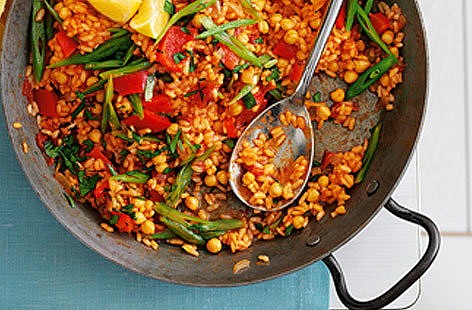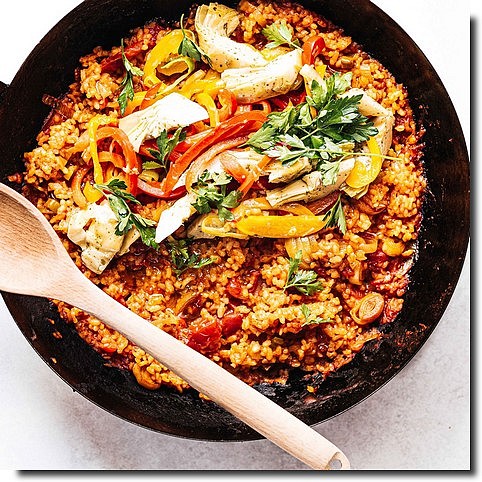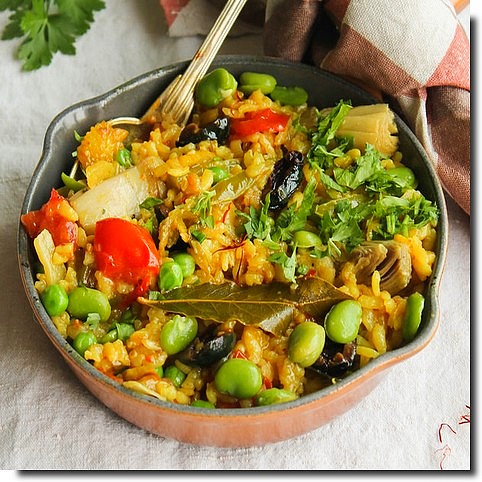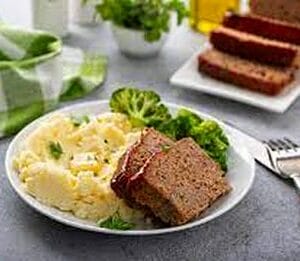A little history
The history of paella (which takes its name* from the container in which it was simmered) begins with the arrival of the Moors in the 8th century, who introduced rice. However, it wasn’t until the Christian reconquest in the 13th century that rice-growing began to flourish in the Valencia region (the vast Albufera lagoon, whose name means “pond” in Arabic, was gradually filled in, giving rise to 20,000 hectares of rice fields). During religious festivals, it became customary to prepare rice-based dishes in earthenware dishes, the composition of which varied according to the family and its geographical location. Gradually, rice became a staple food for Valencians.
Saffron was first used with rice in the early 16th century. However, it was around the 19th century that paella as we know it first appeared in Horta de Valencia. Valencians began to introduce vegetables, snails and, on feast days, chicken, duck or rabbit. In the first half of the twentieth century, the development of a steel dish with handles, followed by its large-scale industrialization, helped to make this dish known throughout the Iberian Peninsula, then in France, and then worldwide with the rise of tourism in Spain in the 60s and 70s.
As for paella de verduras, it’s often nicknamed “Arros de sabater”, which means “cobbler’s rice” in Spanish (because, being very poor, cobblers could only buy vegetables to accommodate their rice). There are many variations on this vegetable paella: with zucchinis, eggplants, carrots, asparagus, mushrooms…



